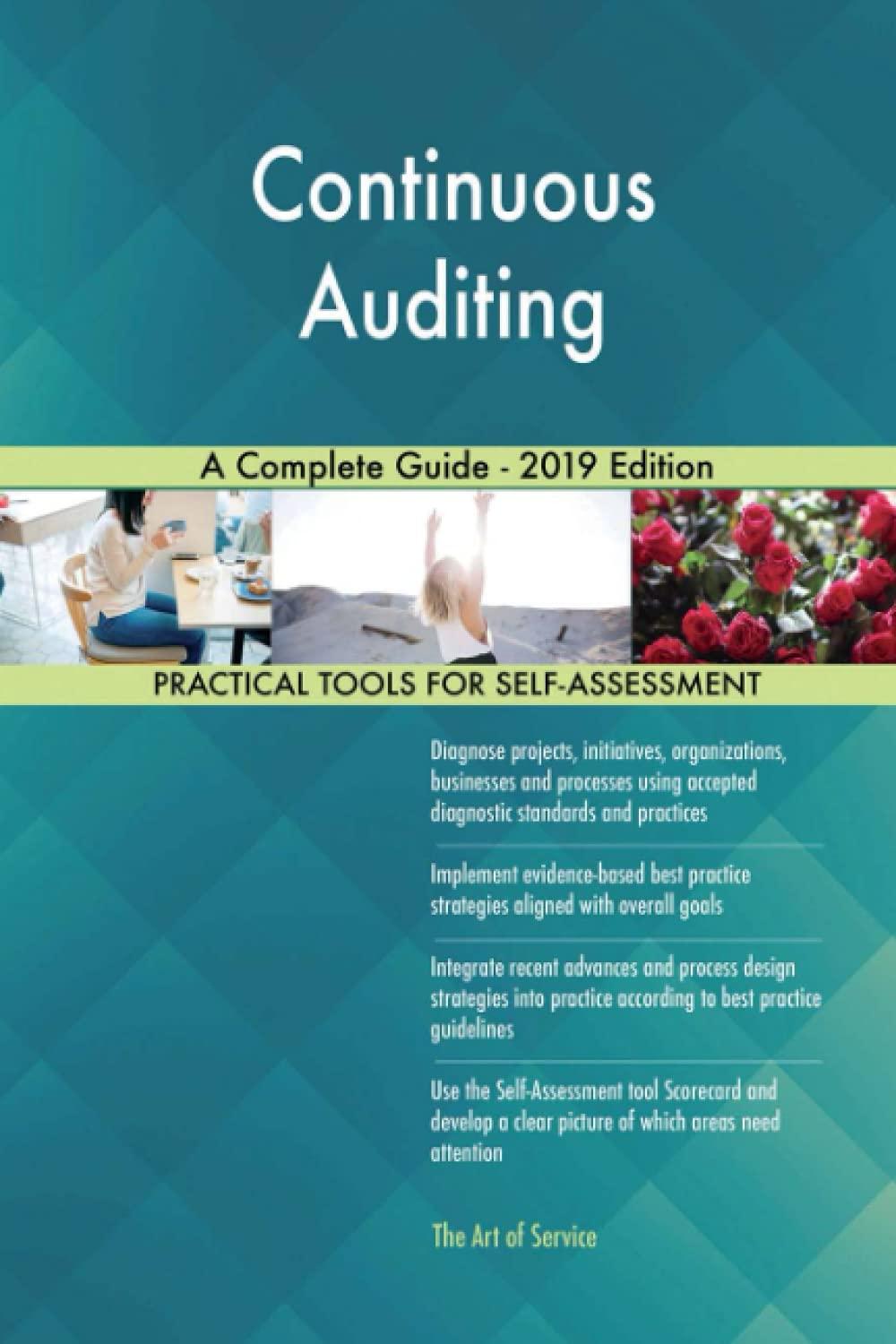Answered step by step
Verified Expert Solution
Question
1 Approved Answer
During January 2018, Vibrant actually used 350 machine hours and recorded the following transactions: (Click the icon to view the transactions.) Vibrant Scooters manufactures motor







During January 2018, Vibrant actually used 350 machine hours and recorded the following transactions: (Click the icon to view the transactions.) Vibrant Scooters manufactures motor scooters. The company has automated production, so it allocates manufacturing overhead based on machine hours. Vibrant expects to incur $227,500 of manufacturing overhead costs and to use 3,500 machine hours during 2018. At the end of 2017, Vibrant reported the following inventories: .: (Click the icon to view the inventories.) Read the requirements. Requirement 1. Compute Vibrant's predetermined overhead (OH) allocation rate for 2018. = Predetermined OH allocation rate Requirement 2. Journalize the transactions in the general journal. Use the following accounts: Accounts Receivable, Raw Materials Inventory, Work-in-Process Inventory, Finished Goods Inventory, Accounts Payable, Wages Payable, Sales Revenue, Manufacturing Overhead, and Cost of Goods Sold. (Record debits first, then credits. Exclude explanations from any journal entries.) a. Purchased materials on account, $28,000 - Date X Accounts Debit Data Table Credit (a) $ 16,000 Raw Materials Inventory Work-in-Process Inventory Finished Goods Inventory 12,000 9,000 b. Used direct materials, $41,000 Date Accounts Debit Credit Print Done (b) c. Manufacturing wages incurred totaled $70,000, of which 70% was direct labor and 30% was indirect labor Date Accounts Debit Credit - X d. Used indirect materials, $2,500 i Data Table Date Accounts Debit Credit (d) $ Raw Materials Inventory Work-in-Process Inventory Finished Goods Inventory 16,000 12,000 9,000 e. Incurred other manufacturing overhead on account, $16,000 Print Done Date Accounts Credit f. Allocated manufacturing overhead for January 2018 Date Accounts Debit Credit i Data Table g. Cost of completed motor scooters, $99,750 Date Accounts S Debit Credit Raw Materials Inventory Work-in-Process Inventory Finished Goods Inventory 16,000 12,000 9,000 Print Done h. Sold scooters on account, $180,000; cost of scooters sold, $90,000 Start by preparing the entry to journalize the sale portion of the transaction. Do not record the expense related to the sale. We will do that in the following step. Date Accounts Debit Credit (h) Date Accounts Debit Credit Requirement 3. The T-accounts for the accounts listed in Requirement 2 have been set up for you along with the beginning balances for the inventory accounts. Assume the remaining accounts have a beginning balance of $0. Post the transactions to the T-accounts and determine the ending balances. Key each transaction by transaction letter and calculate the ending balance of each account. Label the ending balances with Bal. Review the journal entries you prepared in Requirement 2. Accounts Receivable Accounts Payable n a -h. Bal. Bal. Bal. Wage Payable Raw Materials Inventory 16,000 Bal. Bal. al. Sales Revenue Work-in-Process Inventory 12,000 Bal. LLUNG Dal. Bal. Manufacturing Overhead Finished Goods Inventory 9,000 a-h Bal. Bal C D Cost of Goods Sold Requirement 4. Adjust Manufacturing Overhead for the overallocated or underallocated overhead. Post your entry to the T-accounts. Begin by journalizing the adjustment for the overallocated or underallocated overhead. Date Accounts Debit Credit Now post your entry to the T-accounts. Enter the account balances prior to the adjustment "Bal.", then key the adjustment and calculate the ending balance "End. Bal." of each account. (For accounts with a zero balance, enter a "0" along with a "End. Bal." reference on the normal side of the T-account.) Manufacturing Overhead Bal. Bal. End. Bal. Bal. C Cost of Goods Sold B al. End. Bal. End. Bal. Requirement 5. What are the ending balances in the three inventory accounts and in Cost of Goods Sold? Review the T-accounts from Requirement 3. Review the T-accounts from Requirement 4. Requirement 5. What are the ending balances in the three inventory accounts and in Cost of Goods Sold? Review the T-accounts from Requirement 3. Review the T-accounts from Requirement 4. Raw Materials Inventory (from Requirement 3) Work-in-Process Inventory (from Requirement 3) Finished Goods Inventory (from Requirement 3) Cost of Goods Sold (from Requirement 4)
Step by Step Solution
There are 3 Steps involved in it
Step: 1

Get Instant Access to Expert-Tailored Solutions
See step-by-step solutions with expert insights and AI powered tools for academic success
Step: 2

Step: 3

Ace Your Homework with AI
Get the answers you need in no time with our AI-driven, step-by-step assistance
Get Started


